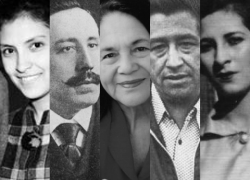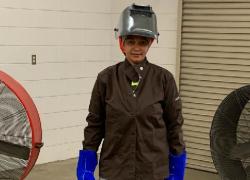En Español
America’s workforce thrives on diversity. Throughout our history, the variety of skills, experiences and perspectives of this nation’s workers fueled innovation and growth. This month, we’re highlighting Black workplace pioneers who blazed trails that created opportunities and improved the lives of generations of Americans.
Phillis Wheatley: Poet
Phillis Wheatley became the first Black American to publish a book of poetry, after being educated by the family that purchased her as a slave when she was still a child. Wheatley’s poems were celebrated by many famous people of the time. George Washington complimented her poetic style after she wrote a poem in his honor, and they eventually met.
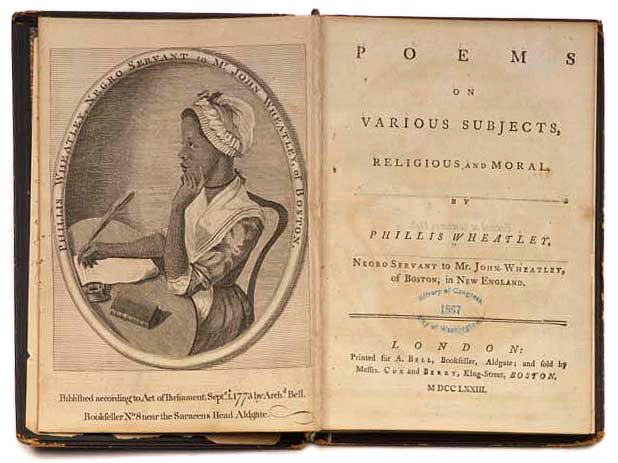
Maggie Lena Walker: Business Leader
Born in Richmond, Virginia in 1864, Maggie Lena Walker grew up to be a successful businesswoman and community leader. She was the first Black woman in the United States to charter a bank in 1903, and the first to serve as bank president. Over the course of her career, she also opened a department store and edited a newspaper. She was active in many organizations that sought to advance opportunities for Black Americans, including the Independent Order of Saint Luke and the National Association of Wage Earners. She used her position to help others, employing many Black women as accountants, journalists and other occupations that paid higher wages than the household work in which many Black women found employment at the time.
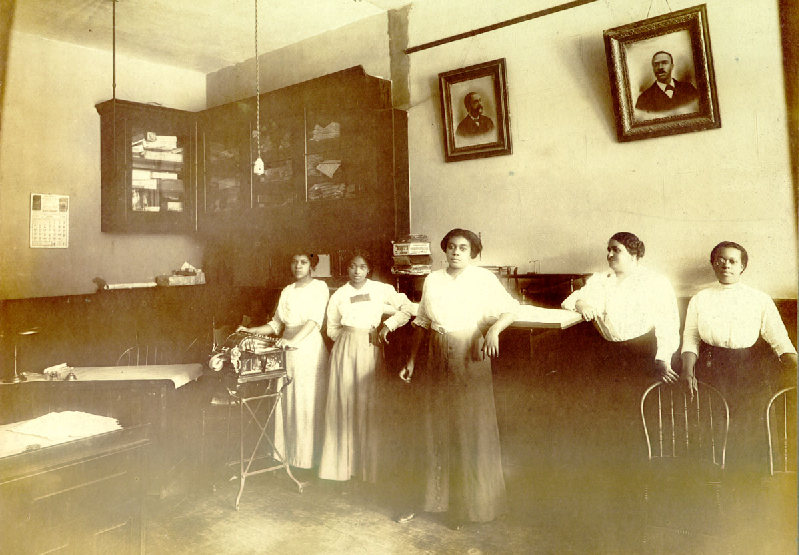
Mary McLeod Bethune: Educator and Advisor
Mary McLeod Bethune was born to former slaves in South Carolina in 1875. As a child, she helped her family pick cotton while attending school. She held many jobs – including teaching, selling insurance, and running a boarding school for Black women in Florida. That school eventually joined an all-male school to become Bethune-Cookman College. She fought for equality throughout her life, and advised several presidents on labor and youth employment. Bethune was appointed by President Franklin Roosevelt to serve as Director of Negro Affairs of the National Youth Administration, making her the highest-ranking Black woman in government, and she was the only woman of color at the UN founding conference.

Garrett A. Morgan: Safety Pioneer
In the early twentieth century, inventor Garrett A. Morgan began to tinker with a device that would protect against smoke inhalation. He later used his “safety hood” to save eight workers following a tunnel explosion in Cleveland, and sold his masks to the U.S. Army in World War I. He also patented the three-position traffic signal, adding a caution indicator to the two stop and go settings that signals used at the time. By developing creative solutions to common problems, Morgan has saved countless lives.
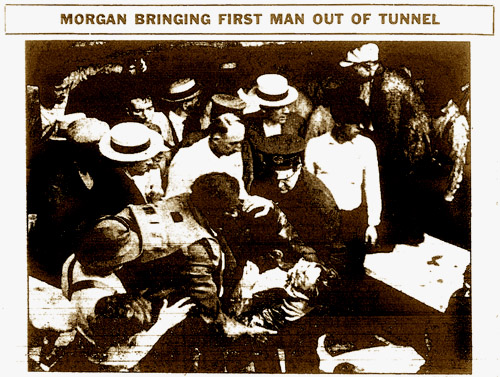
Dorothy Height: Public Servant
Born in 1912, Dorothy Height was a pioneer of intersectionality decades before the concept became widespread. As president of the National Council of Negro Women, which she led for four decades, she fought to improve the lives of other Black women – and was committed to improving the lives of all people who faced barriers to success. In the 1960s and 1970s, she served on several committees focused on improving quality of life for America’s workers, including the President’s Committee on Employment of People with Disabilities (formerly the President’s Committee on the Employment of the Handicapped) and the Presidential Commission on the Status of Women.
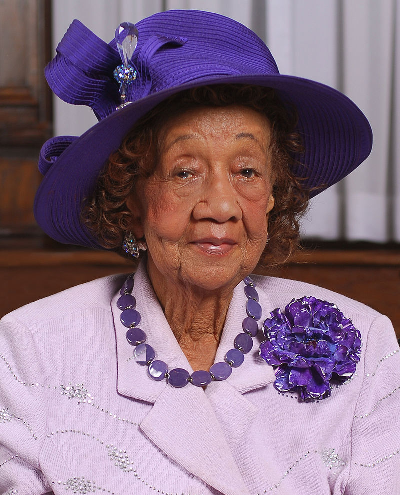
Pioneros Negros para el Avance de Oportunidades, Mejoras Laborales
La fuerza laboral de Estados Unidos se robustece en la diversidad. A lo largo de nuestra historia, la variedad de habilidades, experiencias y perspectivas de los trabajadores de esta nación han impulsado innovación y crecimiento. Este mes, destacamos algunos de los precursores negros que abrieron camino creando oportunidades y mejorando el bienestar de generaciones de estadounidenses.
Phillis Wheatley: Poeta
Phillis Wheatley se convirtió en la primera estadounidense negra en publicar un libro de poesía luego de haber sido educada por la familia que la compró como esclava siendo niña. Los poemas de Wheatley fueron admirados por muchas personas famosas de la época. George Washington -a quien llegó a conocer personalmente- elogió su estilo poético después de haber escrito un poema en su honor.

Maggie Lena Walker: líder empresarial
Nacida en Richmond, Virginia en 1864, Maggie Lena Walker se convirtió en una exitosa mujer de negocios y líder comunitaria. Fue la primera mujer negra en Estados Unidos en fundar un banco en 1903 así como la primera en ocupar el cargo de presidenta del banco. A lo largo de su carrera también abrió una tienda por departamentos y editó un periódico. Participó activamente en muchas organizaciones que buscaban promover oportunidades para afroamericanos, incluida la Orden Independiente de San Lucas y la Asociación Nacional de Asalariados. Usó su posición para ayudar a otros, empleando a muchas mujeres negras como contables, periodistas y otras ocupaciones que pagaban salarios más altos que el trabajo doméstico en el que muchas mujeres negras encontraban empleo en ese momento.

Mary McLeod Bethune: educadora y asesora
Mary McLeod Bethune nació de exesclavos en Carolina del Sur en 1875. De niña ayudaba a su familia a recoger algodón mientras asistía a la escuela. Se dedicó a muchas ocupaciones, incluida la enseñanza, venta de seguros o gestión de un internado para mujeres negras en Florida. Esa escuela finalmente se unió a otra solo para hombres, convirtiéndose en el Bethune-Cookman College. A lo largo de su vida luchó por la igualdad racial y de género, y asesoró a varios presidentes en asuntos laborales y de empleo juvenil. Bethune fue nombrada por el presidente Franklin Roosevelt como Directora de Asuntos Negros de la Administración Nacional de la Juventud, lo que la convirtió en la mujer negra de más alto rango en el gobierno. Fue además la única mujer de color en la conferencia fundacional de la Organización de Naciones Unidas.

Garrett A. Morgan: pionero de seguridad ocupacional
A principios del siglo XX, el inventor Garrett A. Morgan comenzó a experimentar con un dispositivo que protegiera contra la inhalación de humo. Más tarde usó su “capucha de seguridad” para salvar a ocho trabajadores tras de la explosión de un túnel en Cleveland, y vendió sus máscaras al ejército de EE.UU. en la Primera Guerra Mundial. También patentó la señal de tráfico de tres indicativos luminosos, agregando un indicador de precaución a la configuración de alto y continuar al uso en ese momento. Por desarrollar soluciones creativas para problemas comunes, Morgan ha salvado innumerables vidas.

Dorothy Height: servidora pública
Nacida en 1912, Dorothy Height fue una pionera de la interseccionalidad décadas antes de que se generalizara este concepto. Como presidenta del Consejo Nacional de Mujeres Negras, entidad que dirigió durante cuatro décadas, Dorothy luchó para mejorar la vida de otras mujeres negras y se comprometió a mejorar la vida de todas las personas que enfrentaban obstáculos para alcanzar el éxito. En las décadas de 1960 y 1970, sirvió en varios comités enfocados en mejorar la calidad de vida de los trabajadores estadounidenses, incluido el Comité del Presidente sobre Empleo de Personas con Discapacidades (anteriormente Comité del Presidente sobre Empleo de Discapacitados) y la Comisión Presidencial sobre el Estado de las Mujeres.


 U.S. Department of Labor Blog
U.S. Department of Labor Blog
